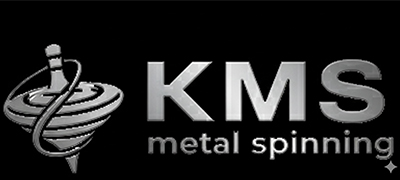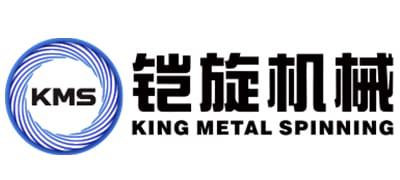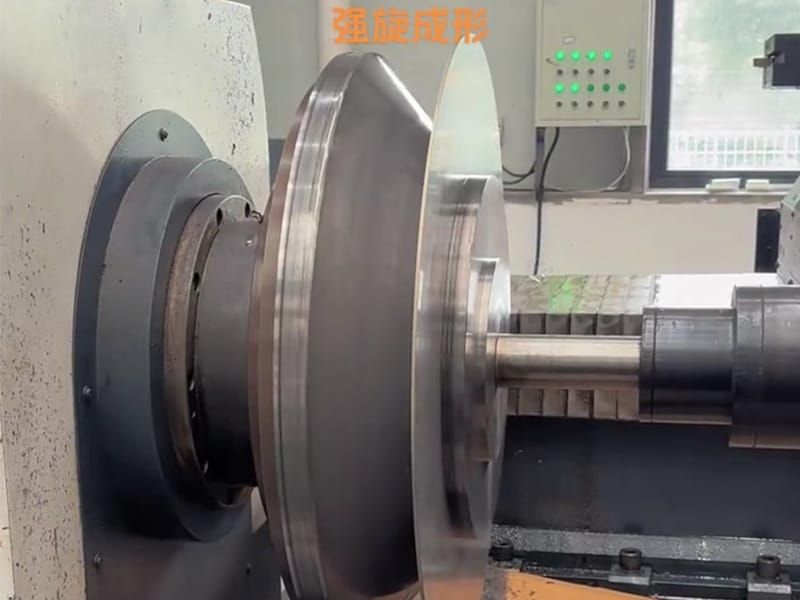Shear Spinning
Shear Spinning
Shear Spinning
Shear spinning or shear forming forms sheet metal over a rotating conical mandrel, often in a conventional spinning machine. The wall thickness is purposely reduced, with the angle between the wall of the part and the axis of rotation dictating the extent of the reduction.
This process differs fundamentally from conventional spinning. In shear spinning, the roller not only forms the blank against the mandrel, but it also applies a compressive force while it moves, stretching the material over the mandrel in a single pass while the outer diameter of the finished part remains equal to the original blank diameter .
The stress conditions required to cause metal flow requires the shearing angle to be less than 80 deg. Depending on material properties, the minimum angle required for shear spinning will be between 12 and 18 deg. Shear spinning cannot produce cylindrical shapes, due to the vertical walls having a 0-deg. shear angle.
The shear spinning process applies compressive stresses onto the blank to cause yielding, putting it in the same group of metal forming processes as bulk forming, extruding and ironing.
Flow Forming
In flow forming or tube spinning, the wall thickness is purposely reduced, with the required increase in workpiece length dictating the extent of the reduction.
Flow forming appears similar to metal spinning, but the process requires dedicated flow forming equipment. It involves the deformation of a rotationally symmetrical hollow part clamped between a rotating mandrel and tailstock. Deformation occurs by localized radial pressure from (usually) three rollers applied simultaneously. Metal flow conforms to the contour of the mandrel inside.
Tubular blanks commonly (but not exclusively) are used in flow forming processes, with the tubes ideally produced from material with low flow stress, high tensile-strength-to-yield-strength ratio, high-tensile elongation and high reduction in area.
An Economical Technique
Spinning processes can produce a variety of products economically. Examples: vases, baskets, basins, bowls, kettles, blower housings, fans, filters, nozzles, ladles, cones, cups, funnels, venturis, domes and drums.


 English
English
 Deutsch
Deutsch
 العربيّة
العربيّة

